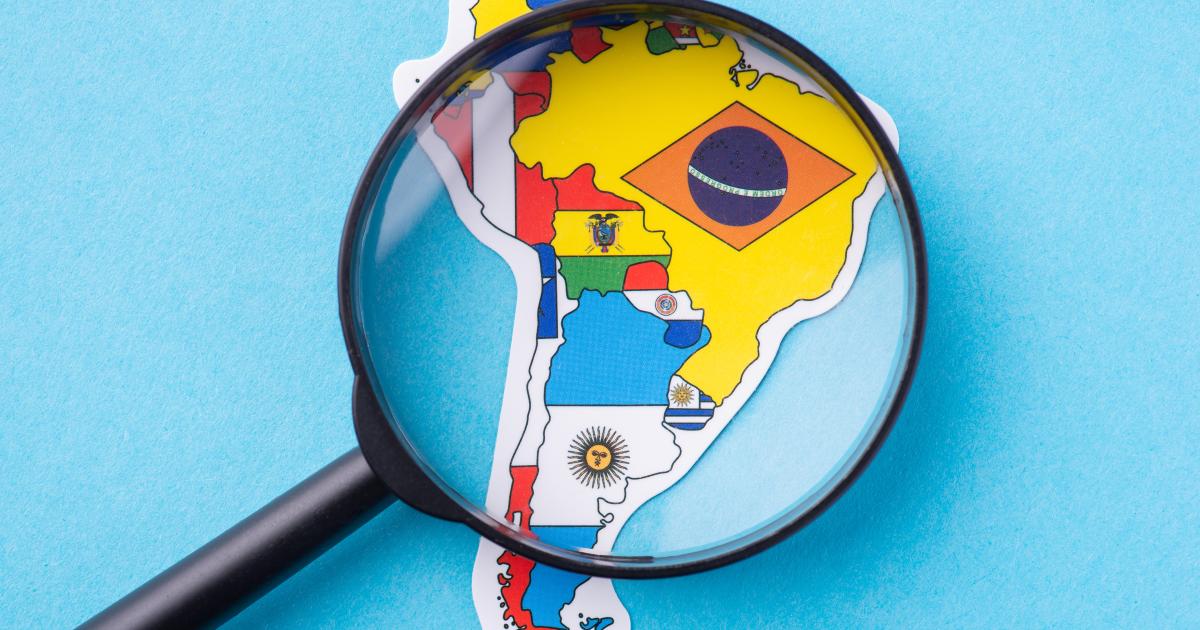
Thought you had mastered Spanish? This is just the beginning!
Spanish is one of the most popular languages in the world, spoken in 21 countries as an official language. But learning Spanish is only an introduction to the fascinating world of its diversity. Each country where it is spoken has its own unique characteristics that may surprise even those who consider themselves fluent in the language. Do you really know all its variations?
Where do they speak Spanish?
Spanish is an official language in the following countries:
| Argentina | Spain | Panama |
| Bolivia (together with other languages) | Honduras | Paraguay (together with guarani) |
| Chile | Colombia | Peru |
| Dominican Republic | Costa Rica | Puerto Rico |
| Ecuador | Cuba | El Salvador |
| Guatemala | Mexico | Uruguay |
| Equatorial Guinea (along with French and Portuguese) | Nicaragua | Venezuela |
Differences in Spanish
Although Spanish is based on common grammatical and lexical rules, each variety of the language introduces its own accents, vocabulary and pronunciation rules. Here are some of the key differences worth knowing:
Pronunciation: In Spain, there is a so-called “distinción” where “s” and “c” (before e or i) are pronounced differently. In Latin America, such as Mexico, “s” is pronounced as “s”. In Argentina, “yeísmo” is popular, where “ll” (as in “llama”) sounds like “zh.”
Vocabulary: In different countries, the same word can have different meanings. For example, a “cap” is a “gorra” in Spain, but in Mexico it may be called a “sombrero.” The differences also extend to everyday expressions and aspects of culture and cuisine.
Grammar: Although the grammar of Spanish is mostly similar, differences in the use of some forms are noticeable. In Argentina, the form “vos” is often used instead of “tú” (you).
Style and context: Communication style also varies by region. In Latin American countries such as Colombia and Mexico, conversations can be more direct, while in Spain there is more emphasis on formality.
Dialects: Each country has its own regional dialects, which can be completely different. In Mexico, you'll find many local accents, which makes Spanish sound different in different parts of the country.
Learning Spanish is a fascinating journey, but it's worth remembering that mastering one dialect does not mean proficiency in all its varieties. Each country and region brings something unique to the language, making it one of the richest and most interesting languages in the world. Therefore, if you think you know Spanish well, think again - there may be many discoveries waiting for you in this colorful language mosaic!








